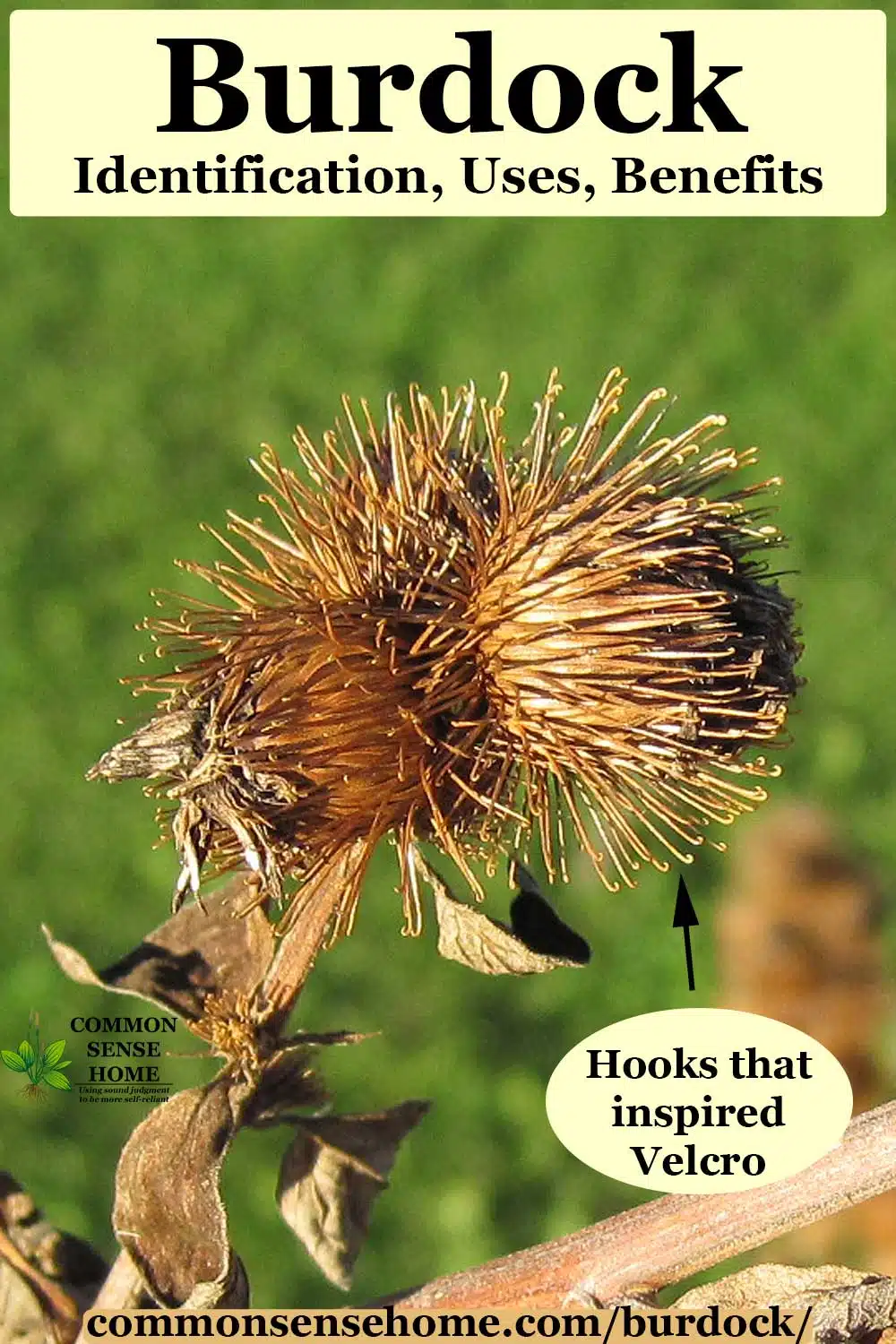Lab 5 Journal Entry: Genus Cerioporus
Cerioporus is genus of fungi in kingdom Fungi, division Basidiomycota, class Agaricomycetes, order Polyporales, family Polyporaceae. Its light yellow brown cup—having dark spots on the surface—can grow really large, with polypore underneath. Cerioporus gets great attention in medical field because of its significant antioxidant, wound healing, and antimicrobial activities. In mouse studies, researchers found that extracts from Cerioporus can reduce the risk of diseases such as cancers. In addition, people usually use it for soups and stews because it is edible and delicious.







